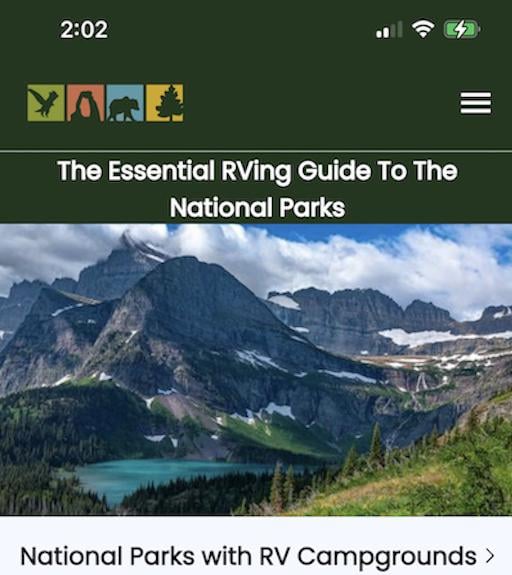Nearly four years after a federal judge tossed out most of the claims by a California county to what it considered roads in a remote area of Death Valley National Park, the judge has thrown out the final piece of the claims.
Back in October 2006, Inyo County filed a lawsuit claiming it was within its rights to maintain the rights-of-way for the two stretches of "highway" that the county contended had been recognized as county highways for decades. Under the county's plan, the roads would run through Greenwater Canyon, Greenwater Valley, and Last Chance Canyon. Those areas were designated as wilderness when Death Valley was given national park status in 1994. Today the areas are home to desert tortoise, desert bighorn sheep and other park wildlife. There are also rock art sites in the areas.
County officials had hoped to take control of the routes using a repealed, 19th-century right-of-way law known as R.S. 2477. They sought rights-of-way in hopes of tearing down National Park Service barriers and initially asked for the right to build two-lane highways in roadless desert canyons and valleys.
But on August 8, 2008, U.S. District Judge Anthony Ishii ruled that the county waited too long to assert its claims to the three roads within the national park because they were included in wilderness study areas by the federal Bureau of Land Management in 1979. He agreed with arguments by conservation groups and the National Park Service that the county’s claims were barred because it had failed to file its lawsuit within the 12-year statute of limitations. The court thus dismissed the county’s claims to all of one route and most of the other two routes.
On Tuesday the judge tossed the final piece concerning a half-mile of Last Chance Canyon, holding that, "The factual context of public use indicates unequivocally that the segment of Last Chance Road at issue in these cross-motions for summary judgment never existed as a highway within the meaning of either California common law or within the meaning of federal law interpreting R.S. 2477."
“This is a great day for Death Valley National Park and the wildlife that call it home,” said Ted Zukoski, an attorney with Earthjustice, a non-profit environmental law firm representing the conservation groups in the lawsuit. “The court’s ruling preserves the solitude and grandeur of this desert wilderness in the largest national park in the lower 48.”
The Last Chance Mountains -- at the northern end of Death Valley near the California-Nevada border about 80 miles southeast of Bishop, CA -- are a remote and scenic range that is home to cougar, deer, coyote, and badger.
“This decision closes down a major threat to Death Valley National Park and protects the desert tortoise, bighorn sheep and many other rare plants and wildlife that call the park home,” said Lisa Belenky, senior attorney for the Center for Biological Diversity, who also worked on the case. “It means that counties can’t obstruct efforts to protect national parks and other natural areas by claiming as a highway every wash a jeep may have once driven down.”
Six conservation groups – Sierra Club, The Wilderness Society, California Wilderness Coalition, National Parks Conservation Association, Center for Biological Diversity, and Friends of the Inyo—represented by Earthjustice intervened to support the National Park Service in the case.



Comments
Not specifically a park issue but does relate how local municipalities and the Federal Government are in conflict.
http://www.cnn.com/2012/06/09/us/tombstone-shovel-brigade/index.html?hpt...
I attended the Inyo Co. Board of Supervisors meeting that approved the County’s suit. The BOS had asked for analysis of impacts before approval. From the impact reports, it was obvious that ‘impact’ meant ‘perceived negative impact’. The impacts were all negative – no positive impacts to the County. It was a case of giving a fair trial before hanging the accused. The BOS then asked for a cost estimate from the legal team. The answer was $50,000 to $300,000, depending on how far up the court ladder. The BOS response was that we have an attorney team, might as well have them doing this lawsuit.
The citizens of Inyo County were gypped, plain and simple.